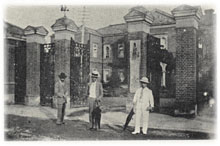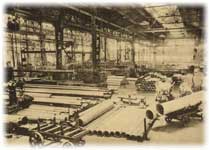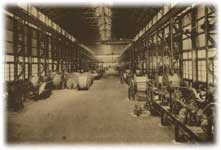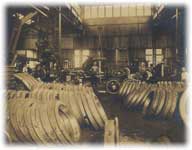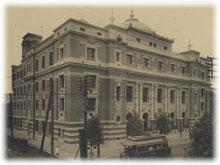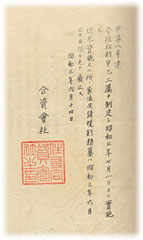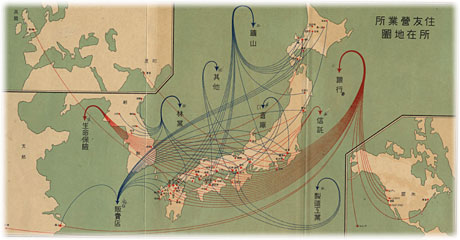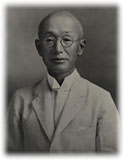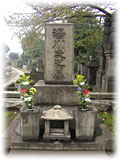Introduction
Kankichi Yukawa, the fifth director-general of the House of Sumitomo, visited the United States in March 1897 as an official of the Ministry of Communications (present-day Ministry of Internal Affairs and Communications) to attend a Universal Postal Congress of the Universal Postal Union. A tour of the Homestead Steel Works during the trip prompted him to comment: “My initial delight at seeing the manufacture of steel plates for Japanese warships gave way to the realization that Japan having to order steel from abroad despite its domestic mines was by no means praiseworthy.” He felt the inability of Japanese industry to fabricate the basic materials for a warship was truly lamentable. Eight years later he joined Sumitomo.
Early life
Kankichi Yukawa was born on May 24, 1868, the eldest son of Kansai Yukawa, a retainer of the Kishu Shingu Domain (present-day Shingu City, Wakayama Prefecture) who served as a physician, and his wife Yae in Shingu-machi (present-day Chiho 1-chome, Shingu City). He had two younger brothers and a younger sister. Shingu was a temple town that had grown up around Kumano Hayatama Taisha Grand Shrine, one of the three Great Shrines of Kumano (Kumano Sanzan), and also a castle town under the lordship of the 35,000-koku Mizuno clan, one of the principal allies of the Kishū-Tokugawa family. The Yukawa family had long been a source of physicians serving the Shingu Domain. Kankichi’s grandfather Kanchu and father Kansai were both physicians. His uncle Geido Yukawa was a follower of Heihachiro Oshio, the leader of a rebellion against the Tokugawa Shogunate, and was the editor of the Japanese classic Tankaku-sosho.
After four years at the Shingu Elementary School, Kankichi Yukawa entered the Wakayama Middle School but subsequently he left to study at the German School Tokyo. His father Kansai wanted his eldest son Kankichi to carry on the family tradition by becoming a physician. Kankichi attended the Yobimon (Preparatory School) of the University of Tokyo and was on track to proceed to medical school. Instead, however, he went to law school, studying in the newly established department of German law. When asked about this change of direction, he commented that he had taken the decision without discussing the matter with his father.
As his decision to pursue legal studies was in defiance of his father’s wishes, his father stopped supporting him financially. He showed considerable grit, earning a little here and there while getting by as best he could as an impecunious student.
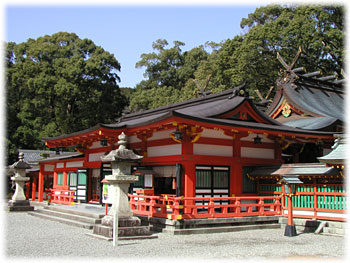
One of the Kumano Sanzan, along with Kumano Hongu Taisha Grand Shrine and Kumano Nachi Taisha Grand Shrine. The prime location for worship of the tutelary gods of Kumano. “Shingu” meaning “new shrine” alludes to the transfer of the spirits of the tutelary gods from Kamikurayama, a mountain, to the place where the town grew up.
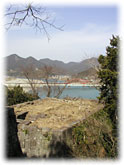
View of the Kumano River and the mountains from the site where the castle keep stood.
Shingu prospered as a port from which timber and charcoal were shipped.
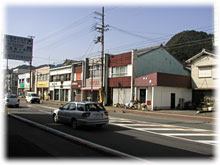
The principal residence of the Yukawa family once stood at Shingu-machi 841, on the right in the photo, overlooking what is now National Route 42. Chihogamine, a mountain, is in the background. The narrow frontage indicates it was a machiya, a traditional wooden townhouse.

 EN
EN
